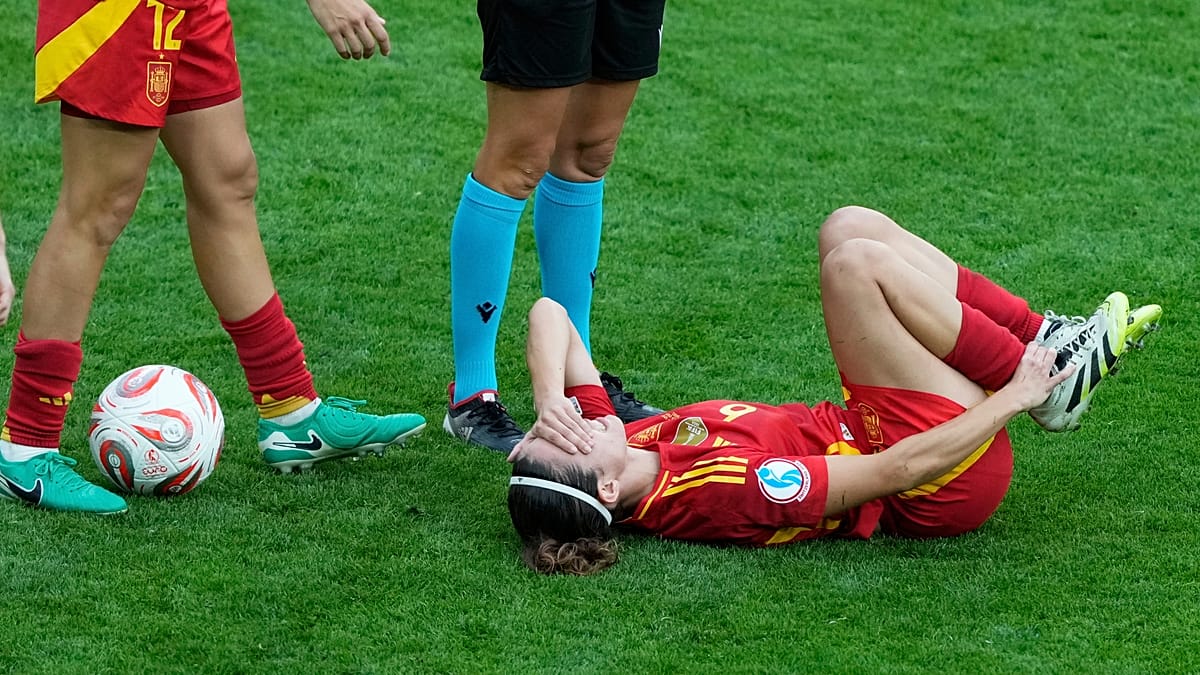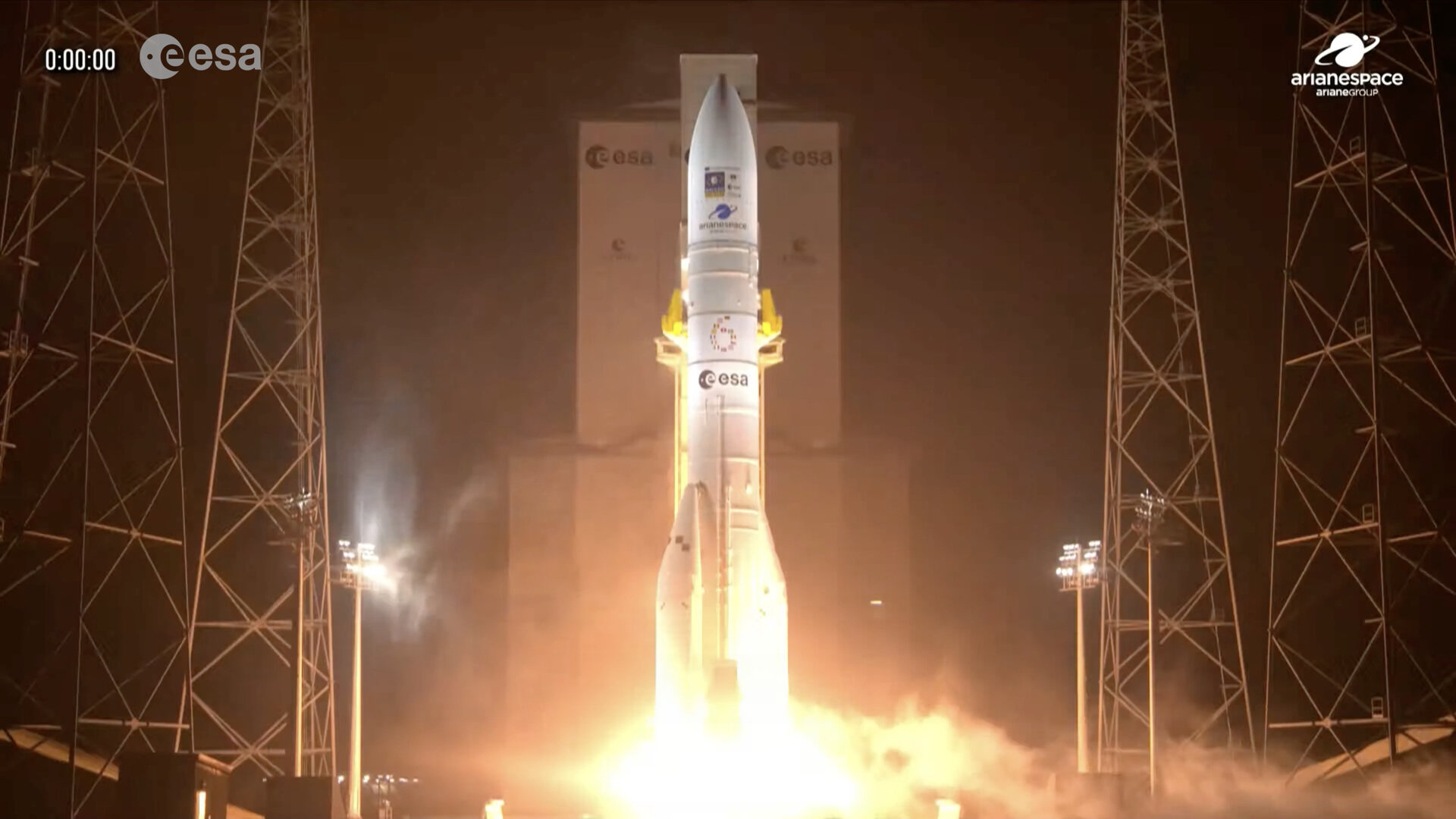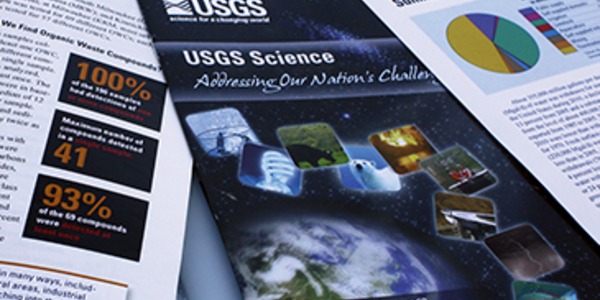We’re excited to introduce a new OLED-Info Pro feature that makes it even easier to explore and access the growing collection of OLED industry documents in our OLED Library.
Until now, the OLED Library has served as a…

We’re excited to introduce a new OLED-Info Pro feature that makes it even easier to explore and access the growing collection of OLED industry documents in our OLED Library.
Until now, the OLED Library has served as a…

 Crown Copyright
Crown CopyrightEvidence of feasting in the Hebrides 5,000 years ago and the discovery of a lost medieval settlement in the Borders have been…

Female footballers who got injured while in their period experienced more severe injuries and longer recovery times, according to a new study.
The findings, published on Tuesday in the journal Frontiers in Sports and Active Living, show that…

Using hydrothermal carbonization combined with iron doping, the team produced hydrochars with high adsorption efficiency, magnetic recoverability, and excellent reusability. The magnetic hydrochars removed up to 95%…

On 17 December, two new Galileo satellites lifted off from Europe’s Spaceport in French Guiana aboard an Ariane 6 rocket. This marked the 14th launch for Europe’s satellite navigation operational satellite programme, reinforcing…

Emplacement of the Siberian Traps large igneous province (LIP) around 252 Ma coincided with the most profound environmental disruption of the past 500 million years. The enormous volume of the Siberian Traps, its ability to generate greenhouse…
Mainardi, J.-L., Villet, R., Bugg, T. D., Mayer, C. & Arthur, M. Evolution of peptidoglycan biosynthesis under the selective pressure of antibiotics in Gram-positive bacteria. FEMS Microbiol. Rev. 32, 386–408 (2008).

Pocrnic, I., Lourenco, D. & Misztal, I. Single nucleotide polymorphism profile for quantitative trait nucleotide in populations with small effective size and its impact on mapping and genomic predictions. Genetics 227 (4), iyae103 (2024).